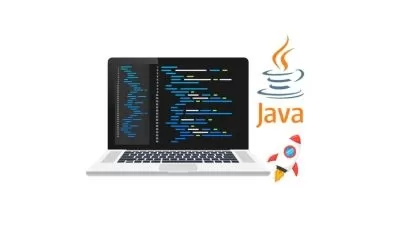DDD and EF Core 3: Preserving Encapsulation
Vladimir Khorikov
3:38:17
Description
This course shows how to build highly encapsulated domain models on one hand and leverage the full power of EF Core on the other.
What You'll Learn?
Entity Framework has made great progress over the past several years and introduced a lot of features that help you build rich, highly encapsulated domain models. In this course, DDD and EF Core: Preserving Encapsulation, you will learn foundational knowledge of pitfalls and shortcomings to be aware of when applying Domain-driven Design to applications with EF Core. First, you will learn how to preserve encapsulation of your domain models in such applications. Next, you will discover various mapping techniques that will help you to build complex domain models. Finally, you will explore the tips and tricks that will help you navigate around the common ORMs’ issues. When you are finished with this course, you will have the skills and knowledge of Domain-driven Design needed to adhere to DDD principles without compromising on domain model encapsulation.
More details
User Reviews
Rating
Vladimir Khorikov
Instructor's Courses
Pluralsight
View courses Pluralsight- language english
- Training sessions 63
- duration 3:38:17
- level average
- Release Date 2023/12/06











